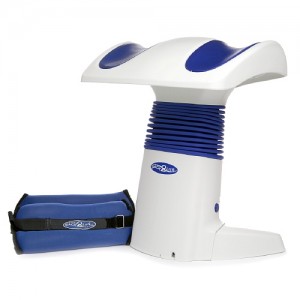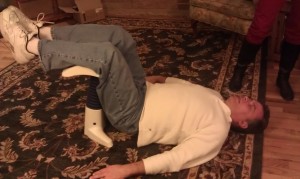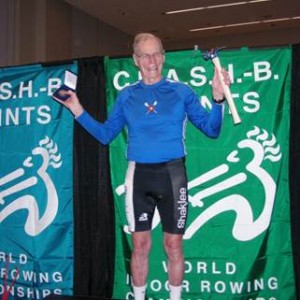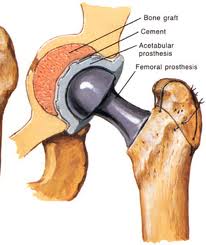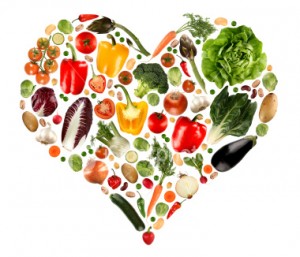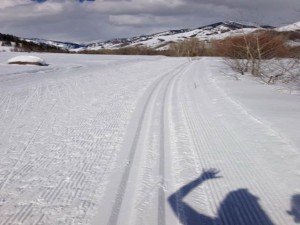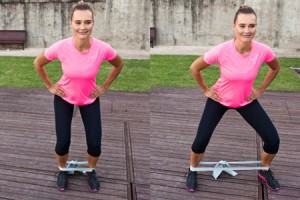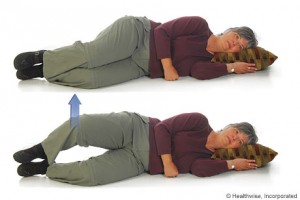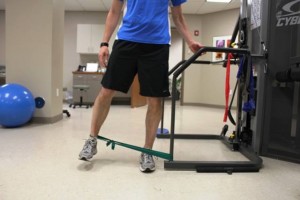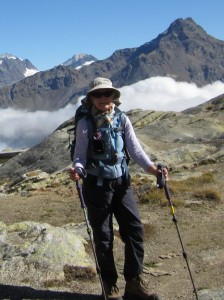Gentle Reader,
The focus of my weekly blog is health and how to prevent disease. Sometimes nothing we do can prevent a health disaster. A stroke taking down a healthy man is hard to understand. I refer you to a TED talk by Jill Bolton Taylor, a research scientist who survived a stroke and recorded what was happening in her brain as she observed it taking her down. If you have ever wondered how a stroke does its damage, listen to her talk.
I have posted many blogs on diet and exercise to prevent disease. Many people who follow these suggestions, which are not original with me, still have strokes, heart attacks, or develop cancer to the head-shaking dismay of their closest relatives and friends. Things like “It’s so unfair.” “How could it happen to him/her?” are uttered in disbelief. I recommend another reading of those previous posts to refresh your memory about life style choices for yourself. There are no guarantees. No matter how hard we try.
Today’s post is about me and how it feels to be the last man standing. When my brother Eric died a few days ago following a massive stroke, his departure from this life left me the sole survivor of the original family of origin, two parents and three children. His wife and children carry the greatest burden of pain, loss and suffering. Their lives will be impacted daily by his absence, as will the circle of close friends, professional associates who saw or were touched by him. His kindness, intelligence, generosity and quiet humor will be missed. Profoundly.
A sister’s loss is different. I was not part of his life these last 60 years. We lived far apart and saw each other only occasionally for the FOO (Family of Origen) gatherings, Christmas, birthdays, weddings, funerals. We didn’t talk on the phone much, once or twice a year. So why do I feel this slicing away of part of myself? This aloneness? We never agreed on the family stories. Now there is no one left to curb my tongue. It feels vulnerable, frightening to be the keeper of the stories. They will always be “Betsy’s fiction” because memory is particular. This is not the collective memory of a people with an oral tradition. My recollections of Eric will be as far from Homer’s of Ulysses as two stories can be.
As very small children we were together much of the time. We made that migration after the war (WWII) from Westchester County in NY to the Great Lakes Navel base where our father was mustered out of the navy. That winter we woke up early on clear cold days, strapped on our roller skates and raced around the flat streets of Waukegan, IL. Once I rushed into the kitchen to tell Mommy that Eric was hanging from the tree. She flew to the back yard where his jacket pocket had caught on a limb and he was dangling upside down. My fear of heights probably originated from the time I was walking with my parents down the flat stone steps in Watkins Glen, NY. They spotted Eric running full tilt, Lyman right behind him, along the top of the low flag stone wall beyond which plunged a waterfall crashing 60 ft below. My mother whispered in that heart-stopping panic, “Port, do something.”
After Waukegan, our family made our way to Oklahoma City. Eric and I were squeezed together, the fillings of a sandwich formed by our belongings and the roof of the station wagon as the family drove south stopping in St. Louis for the night. Our little brother sat between our parents in the front seat.
In Oklahoma City, we rented in a neighborhood peppered with giant grasshopper-armed oil rigs, pumping oil night and day. I remember sitting with Eric, our noses poking through the chain link fence, watching the workmen change out the pipes from the top of an oil derrick. One of the men lost his footing and plunged to his death on the ground a few feet from where we sat. I remember my first thought was to protect and comfort Eric, too small at 7 to witness such a thing. I would have been 8 ½.
My playground memories from that year figure Eric pulling my braids, my back up against a small tree in the school yard, his feet pressed against it, one braid in each hand, laughing sardonically at my surprise and pain.
We often sat on either side of our Grandpa, our little brother in his lap. Gramps took us to the library each Saturday and read us book after book in his deep voice. We stood together at his bedside when he died on Easter. I was 9, Eric was just turning 8.
We finally settled in Eastern Oklahoma, Muskogee, where we lived those formative junior high and high school years. He and I often rode our bikes to a dirt bank by the railroad track, sacks of match box cars and trucks dangling from the handle bars. We spent hours building roads, tunnels, villages in the perfect hard sand. Swimming on the swim team and playing the flute kept us together in high school when our lives were otherwise separating. Eric spent more time with our younger brother Lyman than with me as I began dating and spending time with girl friends, loathing the annoyances of younger brothers.
Why are those early formative experiences so vivid and important above all else? None of them matter to the people who weep at his funeral next Monday. They have little if anything to do with the man he became. His passing leaves them with me and me alone.
Is it totally weird to have this acute pain as if your childhood takes on a surreal, ghostly quality because one of the key players is no longer a phone call away? I never asked him to corroborate any of these stories—and I could tell many more—so I do not know if he even remembered them. There is something so final in the passing away of that one who could have said, “Yes, I remember that. Wasn’t it scary? Wonderful? Awesome?” The mirror is broken.
I would love to hear your stories of your siblings, whether gone or still among the living.
Be well, Do well and Keep Moving.
Betsy
206 933 1889
www.DoWellWithBetsy.com Would you love a ready-made blogging platform that could earn you money?
www.GrandmaBetsyBell.com Would you love products that help keep you well and help the planet, too?


 Cartilage is 65 to 80 percent water, so staying hydrated is important for the health and lubrication of your joints. Maintaining proper hydration is even more important for individuals who suffer from gout. Water helps flush uric acid out of the body, and studies suggest staying hydrated may help prevent flare-ups. It isn’t necessary to count the number of glasses of water you drink in a day — the latest research suggests that if you take time to drink a glass whenever you feel thirsty, you’ll probably do fine. You are already drinking enough water, which is important for managing your arthritis. To spice things up, you might want to try flavoring your water with fresh fruit slices or drinking unsweetened green tea or herbal tea — there are so many delicious and fun varieties. And be sure to avoid sugary drinks like soda, sweetened water, fruit drinks, sweet tea, and froufrou coffee concoctions.
Cartilage is 65 to 80 percent water, so staying hydrated is important for the health and lubrication of your joints. Maintaining proper hydration is even more important for individuals who suffer from gout. Water helps flush uric acid out of the body, and studies suggest staying hydrated may help prevent flare-ups. It isn’t necessary to count the number of glasses of water you drink in a day — the latest research suggests that if you take time to drink a glass whenever you feel thirsty, you’ll probably do fine. You are already drinking enough water, which is important for managing your arthritis. To spice things up, you might want to try flavoring your water with fresh fruit slices or drinking unsweetened green tea or herbal tea — there are so many delicious and fun varieties. And be sure to avoid sugary drinks like soda, sweetened water, fruit drinks, sweet tea, and froufrou coffee concoctions. I know you don’t smoke, but I just wanted to share with you a few good reasons to stay smoke-free: Smoking delivers toxins throughout the body, causing inflammation and increasing the risk of arthritis. In one study, smokers were more than twice as likely to develop rheumatoid arthritis than people who didn’t smoke. In addition, researchers from a multicenter study reported in 2005 that smokers had a greater risk of osteoarthritis of the knee, possibly because smoking interferes with the body’s ability to repair its own cartilage. The bottom line is that staying smoke-free is a wise choice!
I know you don’t smoke, but I just wanted to share with you a few good reasons to stay smoke-free: Smoking delivers toxins throughout the body, causing inflammation and increasing the risk of arthritis. In one study, smokers were more than twice as likely to develop rheumatoid arthritis than people who didn’t smoke. In addition, researchers from a multicenter study reported in 2005 that smokers had a greater risk of osteoarthritis of the knee, possibly because smoking interferes with the body’s ability to repair its own cartilage. The bottom line is that staying smoke-free is a wise choice! you’re already there! Being overweight can put added physical stress on your joints, which can aggravate arthritis (particularly osteoarthritis) and increase your levels of pain. An unhealthy weight can also promote inflammation, which as I’ve mentioned is the root of arthritis. Another reason to keep eating right and exercising!
you’re already there! Being overweight can put added physical stress on your joints, which can aggravate arthritis (particularly osteoarthritis) and increase your levels of pain. An unhealthy weight can also promote inflammation, which as I’ve mentioned is the root of arthritis. Another reason to keep eating right and exercising! arthritis. It can help you lose or maintain weight, which reduces the overall stress impact on joints. Strong muscles can absorb shock from daily movements, keep joints stable, and protect against additional joint injury. Stretching and yoga can improve flexibility and range of motion and reduce joint stiffness. Swimming and water aerobics allow free movement without added stress on the joints. Walking is another manageable, low-impact form of aerobic exercise appropriate for most individuals with arthritis. All good reasons to maintain your active lifestyle!
arthritis. It can help you lose or maintain weight, which reduces the overall stress impact on joints. Strong muscles can absorb shock from daily movements, keep joints stable, and protect against additional joint injury. Stretching and yoga can improve flexibility and range of motion and reduce joint stiffness. Swimming and water aerobics allow free movement without added stress on the joints. Walking is another manageable, low-impact form of aerobic exercise appropriate for most individuals with arthritis. All good reasons to maintain your active lifestyle!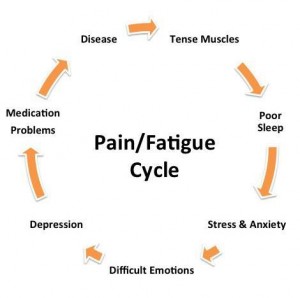
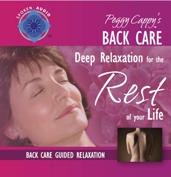 What I am sure about is increased pain and then the magical release from it. Here is the unexplainable magic. I have mentioned it to you several times in the past. It is a 20 minute meditation tape by Peggy Cappy about
What I am sure about is increased pain and then the magical release from it. Here is the unexplainable magic. I have mentioned it to you several times in the past. It is a 20 minute meditation tape by Peggy Cappy about 